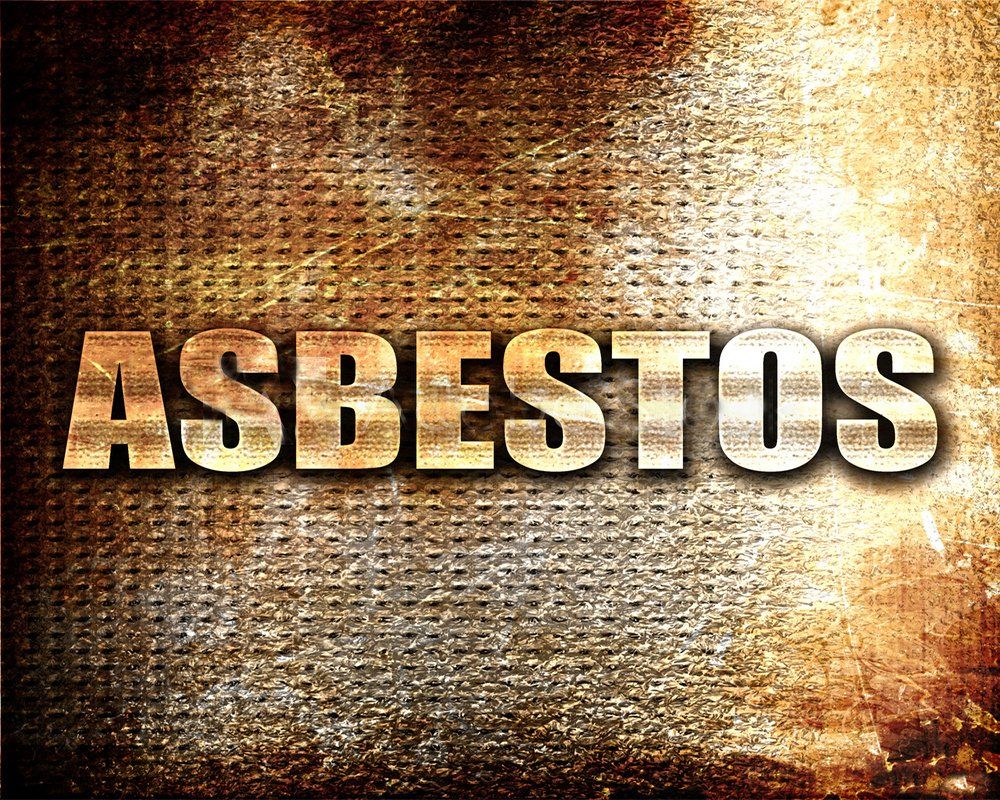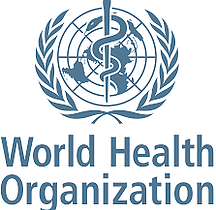Hazardous Waste Materials
Hazardous Waste is Potential Threat to Public Health
Hazardous waste is waste that has substantial or potential threats to public health or the environment. Characteristic hazardous wastes are materials that are known or tested to exhibit one or more of the following hazardous traits:
- Ignitability
- Reactivity
- Corrosivity
- Toxicity
Hazardous wastes may be found in different physical states such as gaseous, liquids, or solids. A hazardous waste is a special type of waste because it cannot be disposed of by common means like other by-products of our everyday lives. Depending on the physical state of the waste, treatment and solidification processes might be required.
U.S. Regulatory Act: (RCRA) Resource Conservation and Recovery Act
Hazardous wastes are wastes with properties that make them dangerous or potentially harmful to human health or the environment. Hazardous wastes can be liquids, solids, contained gases, or sludges. They can be by-products of manufacturing processes or simply discarded commercial products, like cleaning fluids or pesticides. In regulatory terms, RCRA hazardous wastes are wastes that appear on one of the four hazardous wastes lists (F-list, K-list, P-list, or U-list), or exhibit at least one of the following four characteristics; ignitability, corrosivity, reactivity, or toxicity. in the US Hazardous wastes are regulated under the Resource Conservation and Recovery Act (RCRA), Subtitle C.
By definition, EPA determined that some specific wastes are hazardous. These wastes are incorporated into lists published by the Agency. These lists are organized into three categories: F-list (non-specific source wastes) found in the regulations at 40 CFR 261.31, K-list (source-specific wastes) found in the regulations at 40 CFR 261.32, and P-list and the U-list (discarded commercial chemical products) found in the regulations at 40 CFR 261.33.
RCRA's record keeping system helps to track the life cycle of hazardous waste and reduces the amount of hazardous waste illegally disposed.
U.S. Regulatory Act: (CERLA) Comprehensive Environmental Response, Compensation, and Liability Act
The [Comprehensive Environmental Response, Compensation, and Liability Act] (CERCLA), was enacted in 1980. The primary contribution of CERCLA was to create a "Superfund" and provide for the clean-up and remediation of closed and abandoned hazardous waste sites. CERCLA addresses historic releases of hazardous materials, but does not specifically manage hazardous wastes.
Hazardous waste in the U.S.
In the United States, the treatment, storage, and disposal of hazardous waste are regulated under the Resource Conservation and Recovery Act (RCRA). Hazardous wastes are defined under RCRA in 40 CFR 261 where they are divided into two major categories: characteristic wastes and listed wastes.
The requirements of the RCRA apply to all the companies that generate hazardous waste as well as those companies that store or dispose hazardous waste in the United States. Many types of businesses generate hazardous waste. dry cleaners, automobile repair shops, hospitals, exterminators, and photo processing centers may all generate hazardous waste. Some hazardous waste generators are larger companies such as chemical manufacturers, electroplating companies, and oil refineries.
A U.S. facility that treats, stores, or disposes of hazardous waste must obtain a permit for doing so under the Resource Conservation and Recovery Act. Generators and transporters of hazardous waste must meet specific requirements for handling, managing, and tracking waste. Through the RCRA, Congress directed the United States Environmental Protection Agency (EPA) to create regulations to manage hazardous waste. Under this mandate, the EPA developed strict requirements for all aspects of hazardous waste management including the treatment, storage, and disposal of hazardous waste. In addition to these federal requirements, states may develop more stringent requirements that are broader in scope than the federal regulations. Furthermore, RCRA allows states to develop regulatory programs that are at least as stringent as RCRA and, after review by EPA, the states may take over responsibility for the implementation of the requirements under RCRA. Most states take advantage of this authority, implementing their own hazardous waste programs that are at least as stringent, and in some cases are more stringent than the federal program.








